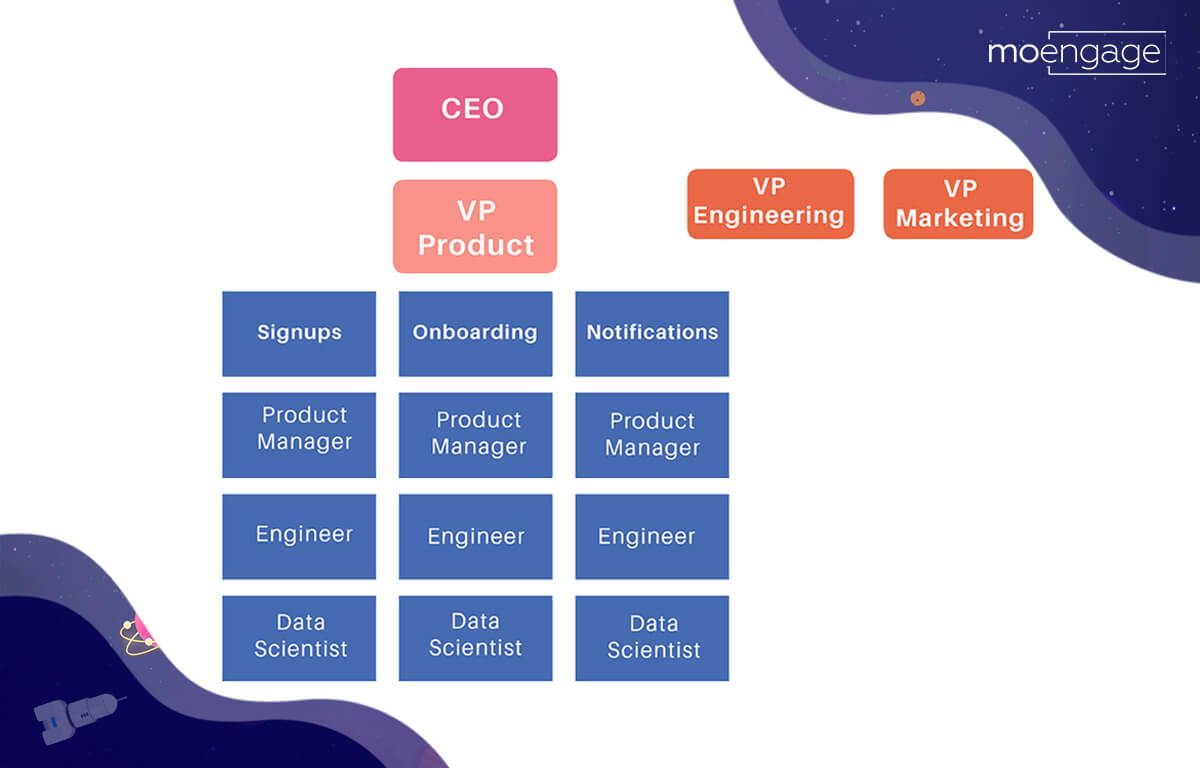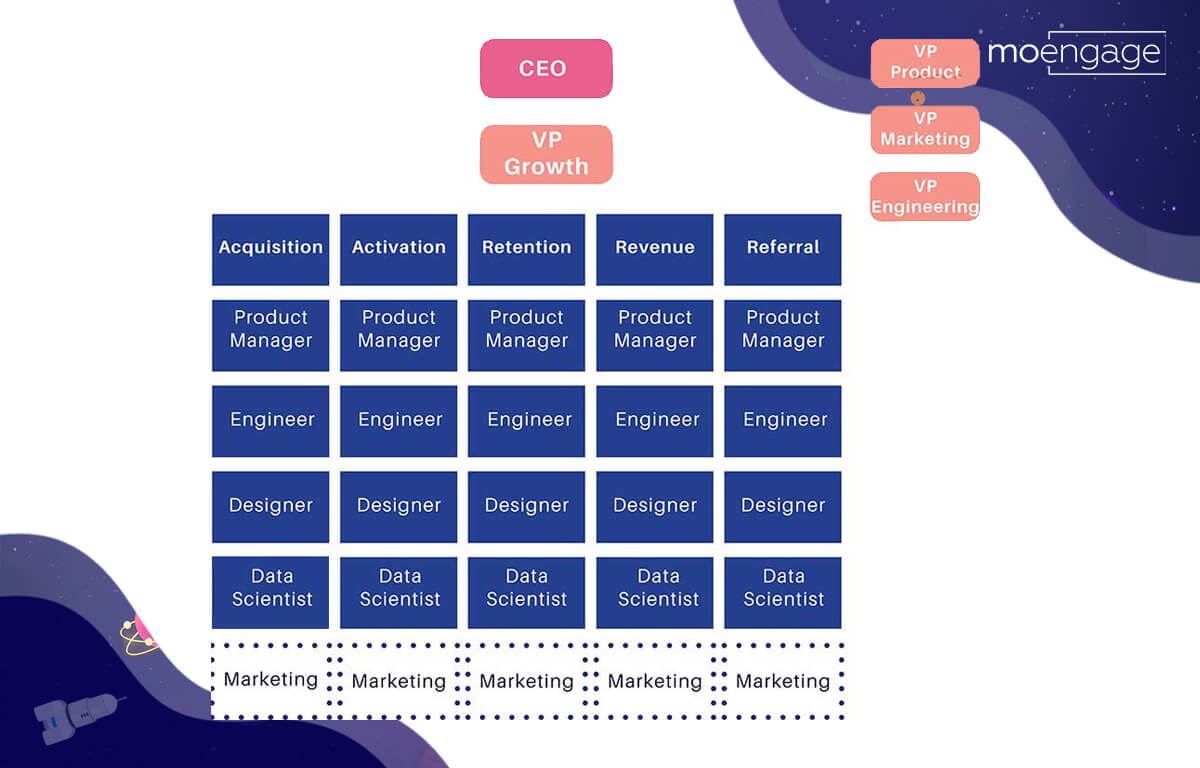Functional vs Independent Growth Marketing Team Models: How to Choose?
We have learnt so far what growth teams are and how organizations benefit from them. We have also seen how to lay the foundation for a successful growth team in organizations, along with examples of how leading edge companies such as Facebook, Uber and AirBnb do it. In this blog, we take you one step further in this journey to understand models of growth team structure so that you can choose what is best for your organization.

We have learnt so far what growth teams are and how organizations benefit from them. We have also seen how to lay the foundation for a successful growth team in organizations, along with examples of how leading edge companies such as Facebook, Uber and AirBnb do it. In this blog, we take you one step further in this journey to understand models of growth team structure so that you can choose what is best for your organization.
Models of Growth Team Structure
Finalizing the growth model for your organization and deciding where it fits into the overall structure simplifies decision making related to growth teams. There are mainly two models that most growth teams follow. Which model you select also dictates where in the organization structure your growth teams should logically sit.

Understanding the Functional Growth Team Model
As we’ve learnt earlier, growth teams are designed to be cross functional. In a functional growth team structure, each team member reports to their respective function head. For example, a marketing team member reports to a manager from Marketing, an analytics team member might report to the Head of Analytics etc.
In addition to focusing efforts on key metrics, a functional team structure allows growth teams to get valuable support from the rest of the organization.

The Functional growth team model.
On the flip side, multiple hierarchies reduce the speed and flexibility of growth teams structured in such a manner. Function heads could also find it challenging to balance between their functional and growth related objectives. This happens especially when their functional responsibilities are not aligned to the key metrics of the growth team.
The other kind of imbalance that can occur is too much influence of a single function on the growth team, overshadowing its cross functional capabilities. This is a valid concern especially when organizations blindly place a growth team within the marketing function since that is seen as driving customer acquisition.
That said, several successful organizations have effectively used the functional growth team model. Prime examples are Pinterest, Twitter and DropBox.
If the functional growth team model is what suits your organization best, the next question to answer is where should it fit into the overall organizational structure?
How to fit Functional Growth Teams within the Product Team
The Product team is the most obvious place for a functional growth team to sit. This is because a significant part of a growth team’s responsibility is to work on seamless product experience. Once a startup has scaled to full-fledged operations, it is important for the product and growth teams to work together. The smallest of decisions made by either team can have a great impact on the other team’s functioning.
As companies grow, it makes sense for them to merge their product and growth teams, as it allows them to look at product improvement holistically. In such a structure, the Head of Growth reports to the Head of Product. AirBnB and Slack are examples of companies that merged their growth teams into the product team as their operations grew.
How to fit Functional Growth Teams within the Marketing Team
Since customer acquisition is what drives growth, it is not surprising that marketing and growth teams share similar responsibilities. To align these responsibilities, some organizations merge growth teams into existing marketing teams. In this model, the Head of Growth reports to the Head of Marketing.
Understanding the Independent Growth Team Model
Growth teams that follow the independent model function autonomously. Business objectives determine how independent growth teams prioritize their own goals and actions. The areas on which team members focus their efforts can change based on the resources available.

The Independent growth team model.
There are two kinds of independent growth teams – one, where teams are structured based on workflows; two, where teams are structured based on metrics.
The metrics-based independent structure is often favored by startups because of its focus on results. However, this approach has a flip side. Since each member chases his or her metric independently, there are frequent clashes with other team members. Organization support for such teams could also diminish over time.
Companies which have attained high growth using independent growth teams include Uber and Facebook.
How to fit Independent Growth Teams in the Organization Structure
Since growth teams are dedicated to improving specific metrics, they take complete responsibility for the final output. Complete responsibility allows growth teams to assign tasks internally and work directly with the CEO. The Head of Growth in the independent model reports not to any other functional head but to the CEO.
Conclusion
Before opting for either growth team model, make sure you understand the role that a growth team will play in your business.
- If you visualize the growth team to be primarily involved in product development, it makes sense to go with the functional model.
- On the other hand, if driving growth through holistic measures is what you want your team to do, go with the independent model. Selecting the model wisely allows the growth teams to easily work towards the goals set by you.
In the next blog, we will look at the kind of members that you must have on your growth team.
What should you do next?
|

